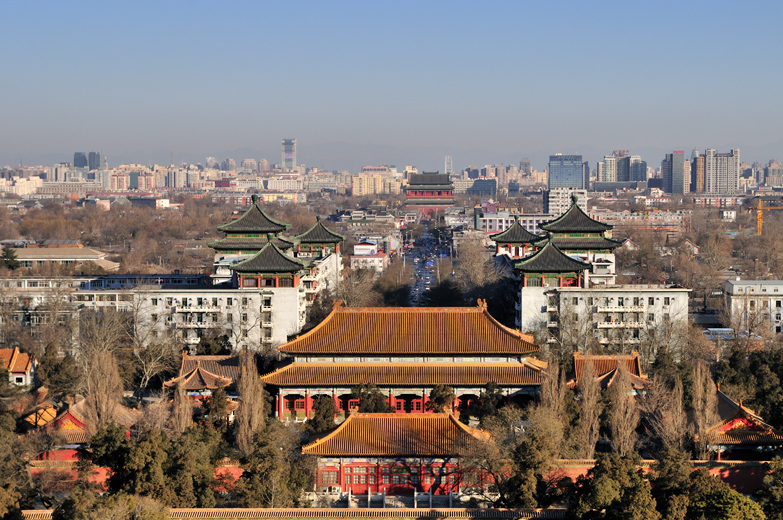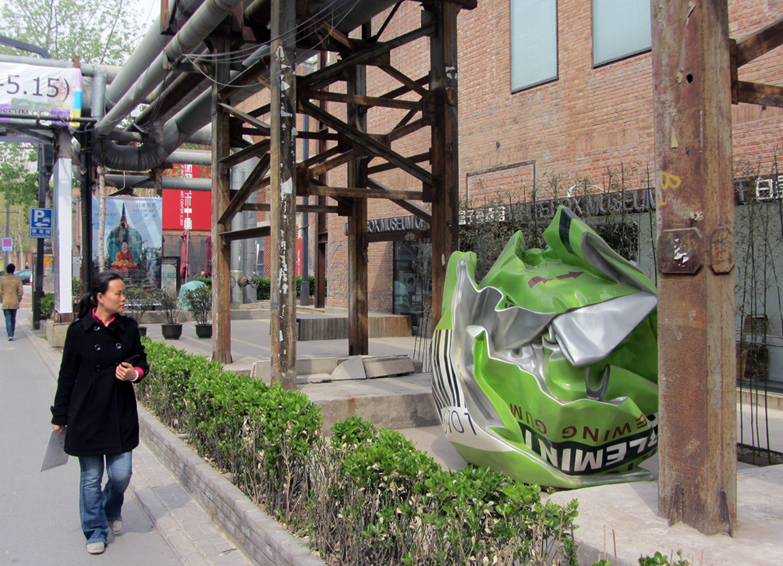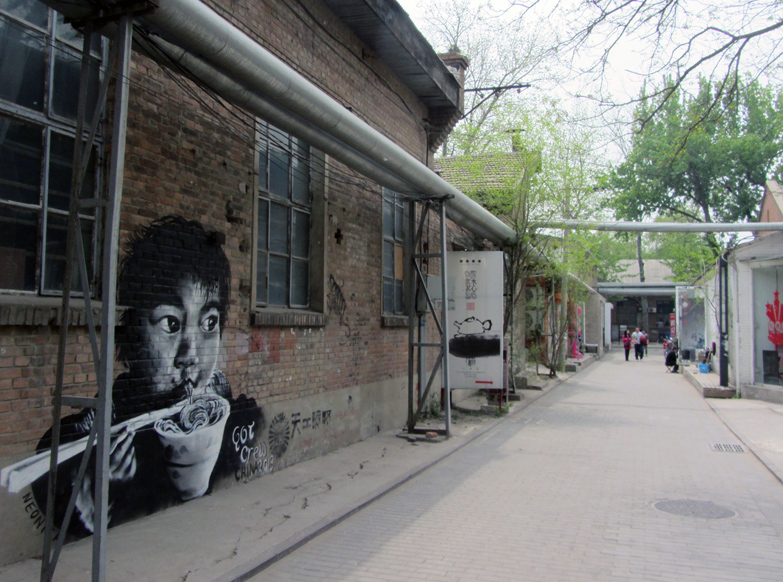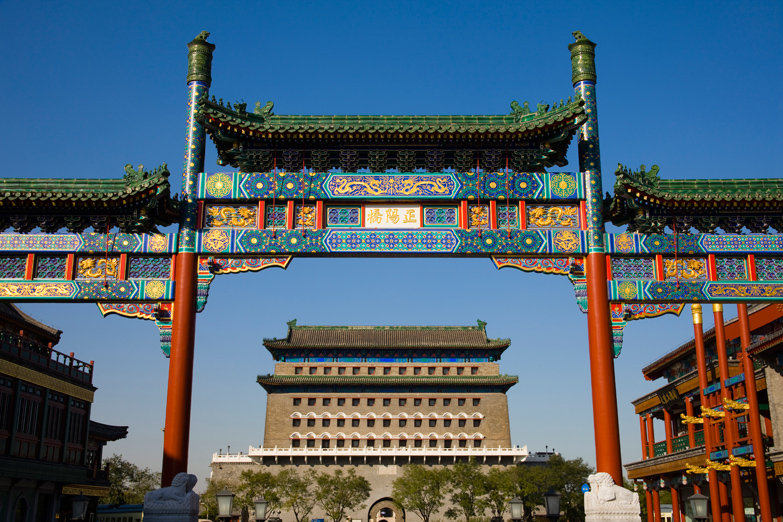
The harsh industrial landscape of this East-German-built military factory area has been transformed into Beijing’s artiest district. Giant red dinosaurs stare down onto the main street while pop-up design displays showcase the latest Beijing look. 798 Art District (named after one of the factories) is packed with galleries, studios, workshops and trendy shops and cafes.
Simply wander the streets, and take your pick of the galleries. Most open by 11am and don’t close before 5pm (many open longer). They range from the prestigious UCCA with some serious international art to Enjoy Art Museum (2 Jiuxianqiao Lu) with a wall full of contemporary prints (at very reasonable prices) and Woman in Love showcasing some excellent female artists.

Several of the galleries have their own cafes and there are plenty of independent eateries, mostly small, intimate and stylish – perfect places to chill out for a bit. If you are into ceramics, try Teapose, or on a nice day sit outside at C. Café (798 Zhonger Jie). In the evenings, At Café (4 Jiuxianqiao Lu), with its pizza oven, designer interior (with chopped-through brick wall) and outside tables perfectly placed for people watching, really is where it’s at.
If you fancy staying the night here, there is just one hotel, the achingly hip boutique Grace Hotel (even the soap is organic goji berry).
For further information and events listings see www.798district.com.

Not so long ago Beijing was a maze of narrow alleys flanked by traditional Chinese courtyard housing. These hutongs were the residential heart of the city. In the last couple of decades China’s modernisation has swept most of the tiny, intimate, car-unfriendly hutongs away, replacing them with high-rise concrete and glass. In Gulou however, the hutongs have survived to transform into one of the coolest areas of Beijing.
The main road, Gulou Dongdajie (not a hutong) starts off with shops full of electronics and electric guitars. It slowly morphs into something more like London's Camden Lock – an area of vintage clothes and trinkets, offbeat boutiques and cafes. To either side are hutongs – some hung with red paper lanterns – bustling with bicycles, rickshaws and motorcycles, residents lounging about and a meandering crowd of shoppers and browsers.
Small independent shops sell everything from leather to lighters, cashmere to candy floss, calligraphic bookmarks to novelty socks, pandas (on everything) to a pig in Red Army uniform. There is a bar crawl’s worth of quirky little drinking holes. Start off with a cocktail at cosy little Mai Bar (40 Beiluoguxiang) or a whisky at wood-panelled Amilal (48 Shoubi Hutong, behind 66 Gulou Dongdajie). And if you need a snack (and have a stomach for not-perfectly-hygienic Chinese eateries) drop into Wang Pangzi’s Donkey Burgers (80 Gulou West Street). As the Chinese saying goes, 'in heaven there is dragon meat, on earth donkey meat'.
One of Beijing’s few hutong courtyard hotels is in Gulou, the very popular 10-room designer Orchid Hotel .

In the heart of the capital near Tiananmen Square, Dashilan is tipped to be the next designer area of Beijing. The creatives of the capital are trying to save its historic hutong buildings – including some gems of Chinese Art Deco - by filling them with contemporary art, fashion and design.
The area was the centre of Beijing’s Imperial-era commerce from at least the Ming dynasty, serving the neighbouring Imperial City (The Forbidden City) where commerce was not allowed. Dashilan’s brands adorned the heads of court officials and the feet of royalty. It became the capital’s red light district too and its West End/Broadway. It was home to Beijing’s first cinema (1905) which is still functioning (Da Guan Lou?Cinema, Dashilan Street). Inside there is a small exhibition about the origins of Chinese cinema and a lively cafe.
Dashilan lies just west of Qianmen - the broad street that runs south from Tiananmen Square. Historic Qianmen was bulldozed before the Olympics and rebuilt as a neater modern copy of itself. Now home to Starbucks, Uniqlo et al, it has focused the historically-minded on protecting the neighbouring area.
Drop into the little corner wine shop (Men Kuang Hutong), open since 1900, to taste traditional ergotou (strong rice wine) or relax at the cafe at 37 Dashilan West Street (there is no English name), a jumble of wooden tables, dressers, clocks, bird-cages and photos of old Beijing (for sale). A Spoonful of Sugar (59 Tie Shu Xie Jie) has just opened as an ‘upcycling’ art workshop (creating new from old) and gallery-shop.